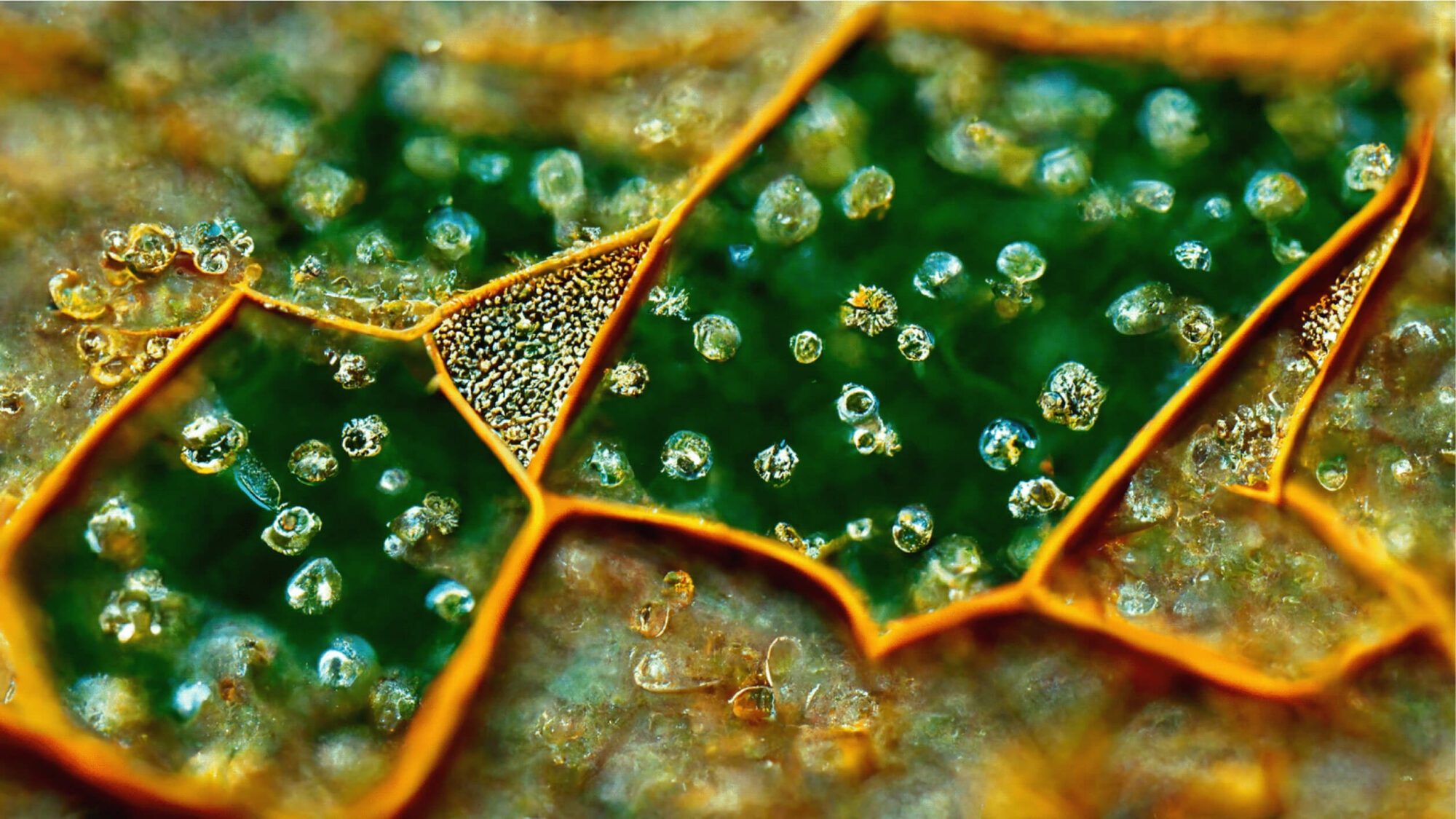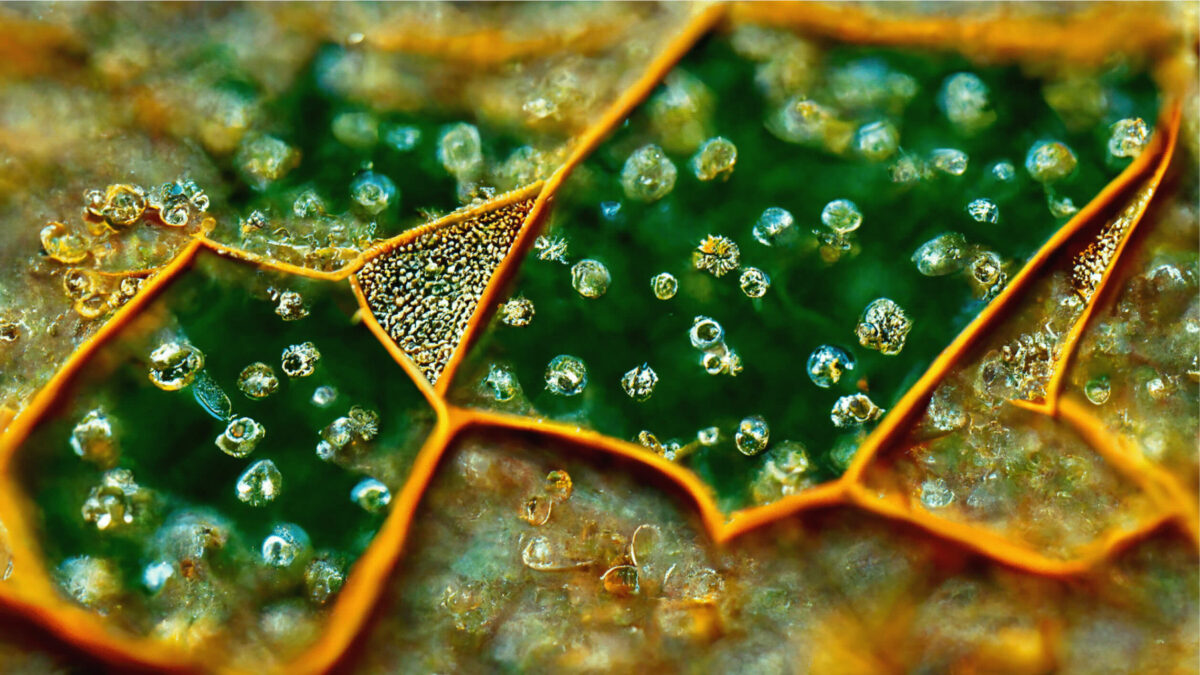
What problem should I work on?
My journey in action-oriented climate optimism started in 2019 as I was nearing the end of my biotech PhD in Ed Boyden’s neurotech lab at MIT. I wanted to transition from mammalian-focused biology to climate tech, but I was stuck asking myself, “What problem should I work on?” I explored that question with friends, including Sarah Sclarsic and Dan Goodwin, and our work supported Sarah’s Master’s thesis to map possibilities for biotech in CDR. After finishing my PhD, I wanted to go a technical layer deeper on roadmapping in CDR to provide clear and actionable recommendations to help seekers like me in the biotech community orient around important problems.
Thanks to funding from Additional Ventures, I began roadmapping biotech for CDR in 2022 as an Independent Fellow at UC Berkeley’s Innovative Genomics Institute, with the mentorship of brilliant climate tech expert Colin McCormick. I’m thrilled to host a webinar next Wednesday, June 28, at 9am PT, to discuss the first part of our work. Register here!
The webinar discusses the findings of our Roadmap for Impact of Biotech in CDR, Part 1: Industrial CDR Using Aqueous Solvents, which is now live. We’re proud to host it on PubPub, an open source publishing platform that allows DOIs and nice formatting as well as inline commenting to foster meaningful dialog about the technical ideas we explore.

Why CDR?
CDR presents a fantastically interesting challenge. The IPCC and National Academies tell us we’ll need 1-10 Gt (109 tonnes) of CDR annually by mid-century, which means creating a brand new industry at a similar scale to the fossil fuel industry. Currently we’re far below 1 Mt. CDR innovation is needed across foundational mechanisms, optimization, and scaling. CDR is also multidisciplinary. That means we must rally an enormous increase in person-power from across science and engineering to coordinate on a new technology push.
Our roadmap for biotech in CDR
Our roadmap is focused on CDR methods that are engineering-based and rely minimally on ecosystems for their core mechanisms. Such methods have been relatively neglected in the biotech community, but are generally more durable and have lower uncertainty than the nature-based solutions like soil carbon and forestry that have received the most attention thus far. We’ve separated the roadmap into three parts, based on the CDR pathways they address:
- Part 1 is focused on the use of biocatalysts in industrial CDR using aqueous solutions, such as direct air capture (DAC), direct ocean capture (DOC), and point-source capture for bioenergy carbon capture and storage (BECCS).
- Part 2 addresses the use of geobiological mechanisms in geochemical CDR methods, like enhanced weathering (EW), ocean alkalinity enhancement (OAE), and subsurface CO2 mineralization.
- The third is focused on increasing the supply of biomass for biomass carbon removal and storage (BiCRS) methods, like BECCS and biomass burial.
Here are a few highlights of the recommendations we give in Part 1, which we’ll explore more deeply at the webinar. They all focus on using the enzyme carbonic anhydrase (CA), or small molecule mimics of CA, as catalysts to speed absorption and release of CO2 in capture solutions.
- We need models and techno-economic analysis (TEA) to guide the development of catalysts. In theory, it’s clear that catalysts could reduce the cost and energy demands of DAC, DOC and point-source capture. However, it’s not clear what performance thresholds the catalysts must meet to be impactful in practice. Target enzyme properties are needed to orient the work of protein engineers, especially when they’re new to the field and lack intuition. For example, what combinations of catalyst efficiency, stability, and cost enable qualitatively improved process designs, such as DOC that economically uses pressure to extract CO2 from seawater without also relying on a pH swing? What are the specific process conditions under which the catalysts should perform? And which deployment formats – for example, free or immobilized CA – are likely to be economical? I am not aware of any such models that are publicly-available for DAC or DOC, and published models for point-source capture consider a catalyst with static properties, rather than treating the catalyst properties as a mutable (engineerable) component of the process. A set of modeling studies would be very valuable for guiding the biotech community toward specific catalyst engineering goals.
- We need better composite materials containing immobilized catalysts. The simplest way to catalyze CO2 absorption and degassing is to dissolve the catalyst in the capture solution. However, there are several potential advantages to immobilizing catalysts on a membrane, textile, or particle. Immobilization can enhance catalyst stability and effective concentration; minimize catalyst exposure to changing pH or temperature conditions; and restrict the opportunity for biofouling of process components by organisms feeding on the catalyst. In the case of DOC, which uses an open process, there is no option but to immobilize catalysts to prevent them from being lost. To enable those benefits, collaboration between protein engineers, materials scientists, and process engineers is necessary to develop economical composite materials with active, stable, and densely-immobilized catalysts that can be positioned close to the interface where the gas meets the capture solution.
- We need better screening platforms for engineering catalysts. Protein engineering and molecular engineering are empowered when combined with a screen that evaluates many variants in parallel and identifies the best performers. We’re aware of no standard method for screening activity of immobilized CA in a highly parallelized manner, limiting exploration of immobilization chemistry and protein engineering to optimize immobilized catalysts. Even for CA in solution, current methods for activity measurement can assess only 102-104 variants per round of screening, drastically limiting exploration of the space of possible variants by protein engineers seeking to produce novel hyper-stable variants or enhance activity. And importantly, you get what you screen for: screening should mimic deployment as much as possible. Miniaturized devices that simulate process conditions of gas and capture solution flow while measuring catalyst efficiency, particularly for immobilized CA, would enable catalyst engineering.
I’ll dig into these and other ideas, and give some background on how to think about catalysts in industrial CDR using aqueous solutions, at the webinar next Wednesday, June 28, at 9am PT. (Register here!)
I’m grateful for the opportunity to carry out this work and share it. I hope this roadmap provides orientation and footholds that enable the biotech community to bring their talents to bear on work that is meaningful to them and moves us all along the path of decarbonization.

